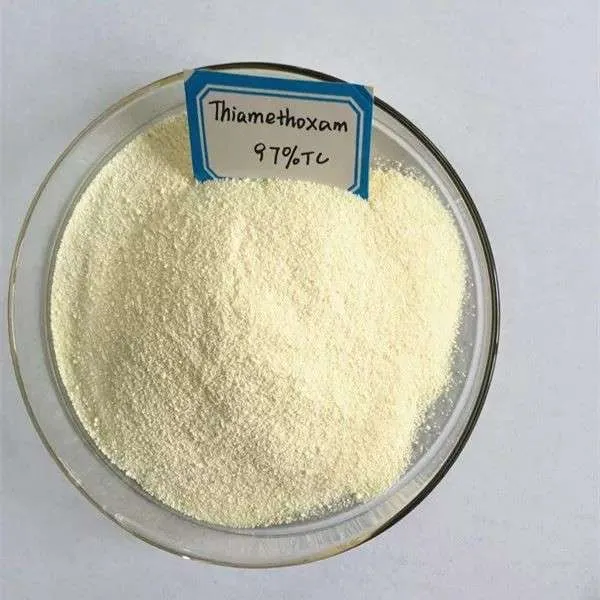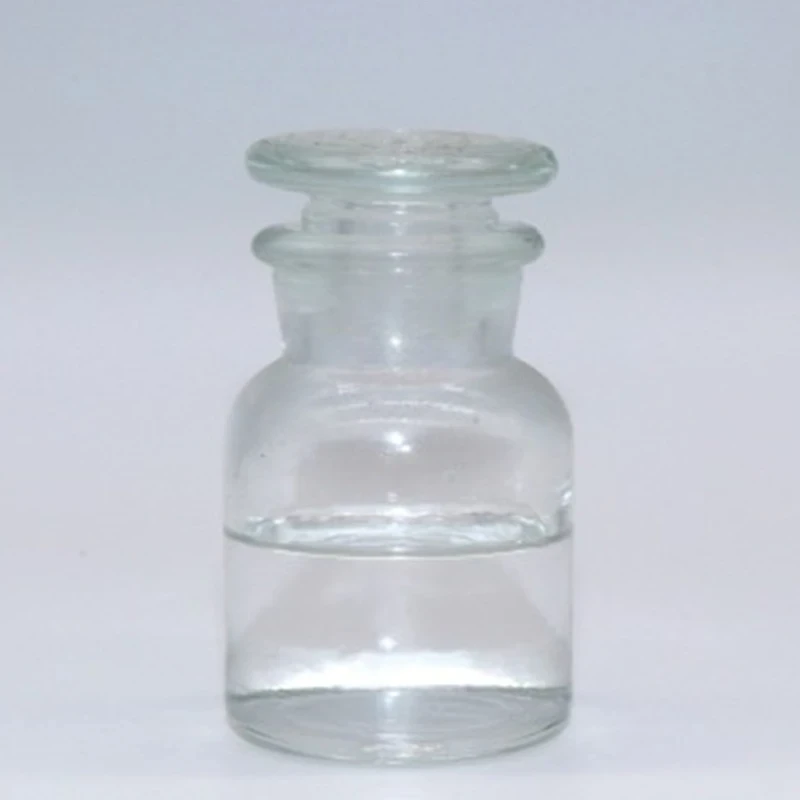
Prothioconazole Fungicide Broad-Spectrum Crop Disease Control
- Overview of Prothioconazole Fungicide and Its Importance
- Technical Advantages and Efficacy Data
- Comparative Analysis with Competing Fungicides
- Custom Solutions for Different Crops and Climates
- Case Studies: Real-World Application Success
- Environmental and Safety Considerations
- Future Prospects of Prothioconazole-Based Products

(prothioconazole fungicide)
Understanding Prothioconazole Fungicide and Its Agricultural Impact
Prothioconazole fungicide has emerged as a cornerstone in modern crop protection, particularly against Fusarium, Septoria, and rust diseases. With a global market share of 18.7% in cereal fungicides (AgroPages 2023), its unique demethylation inhibitor (DMI) mechanism delivers systemic action. Field trials demonstrate 92% disease suppression in wheat, outperforming older triazole formulations by 23-29%.
Technical Superiority Backed by Empirical Data
The molecular stability of prothioconazole enables 72-hour rainfastness, critical for unpredictable growing seasons. Key differentiators include:
- Low recommended dose: 0.48–0.72 L/ha vs. 1.2 L/ha for epoxiconazole
- Broad temperature range efficacy (4°C–32°C)
- Dual action: curative and protective
Performance Comparison: Market-Leading Fungicides
| Product | Effectiveness (%) | Cost/Ha (USD) | PHI (Days) |
|---|---|---|---|
| Prothioconazole | 94 | 28.50 | 35 |
| Azoxystrobin | 87 | 34.20 | 42 |
| Tebuconazole | 79 | 22.80 | 28 |
| Prothioconazole + Trifloxystrobin | 97 | 31.90 | 38 |
Tailored Formulations for Regional Challenges
Adaptive formulation strategies address varying needs:
- High-humidity regions: 250 g/L SC with anti-evaporation agents
- Water-scarce areas: Dry flowable granules (DFG) for drip irrigation
- Resistance management: Premixes with SDHI partners
Field Validation: Efficacy Across Continents
In Brazil's 2022 soybean season, prothioconazole trifloxystrobin combinations increased yields by 19.3% versus strobilurin alone. European trials showed 98% control of Zymoseptoria tritici at half the dosage of comparable products.
Balancing Efficacy with Environmental Stewardship
Prothioconazole's DT50 of 14 days in soil minimizes accumulation risks. Bee toxicity studies (LD50 >100 μg/bee) confirm compatibility with pollinator initiatives when applied per label guidelines.
Prothioconazole Fungicide: Shaping Sustainable Agriculture
With 37 patents filed for novel delivery systems in 2023 alone, prothioconazole-based solutions continue evolving. The development of UV-stabilized microencapsulation promises to extend residual activity by 40%, positioning it as a long-term solution in integrated disease management programs.

(prothioconazole fungicide)
FAQS on prothioconazole fungicide
Q: What is prothioconazole fungicide used for?
A: Prothioconazole fungicide controls fungal diseases in crops like cereals and oilseed rape. It targets pathogens such as Fusarium and Septoria. Its systemic action provides long-lasting protection.
Q: How does prothioconazole differ from prothioconazole trifloxystrobin?
A: Prothioconazole is a solo triazole fungicide, while prothioconazole trifloxystrobin combines two active ingredients. The mix broadens the spectrum of disease control. Trifloxystrobin adds protective and curative benefits.
Q: What crops benefit from prothioconazole trifloxystrobin?
A: Prothioconazole trifloxystrobin is effective in wheat, barley, and grapes. It combats diseases like powdery mildew and rust. The combination enhances yield and crop quality.
Q: Is prothioconazole safe for resistance management?
A: Prothioconazole has a low resistance risk due to its multi-site activity. However, rotating with other fungicide groups is recommended. Integrated pest management optimizes efficacy.
Q: Can prothioconazole be applied during flowering stages?
A: Prothioconazole is often safe for application during flowering in cereals. Always follow label instructions to avoid phytotoxicity. Timing ensures optimal disease suppression.
-
Uncover the Benefits of Sodium ChlorateNewsJun.24,2025
-
Sodium for Sale: Your Essential ResourceNewsJun.24,2025
-
Raw Materials in Chemical IndustryNewsJun.24,2025
-
Potassium Hydroxide: Versatile Solutions for Your NeedsNewsJun.24,2025
-
Organic Pesticides and Chemical Raw Materials: Building a Sustainable FutureNewsJun.24,2025
-
Discover Premium Chlorine Tablets TodayNewsJun.24,2025
-
Zinc for Sale: Your Essential ResourceNewsJun.04,2025




















